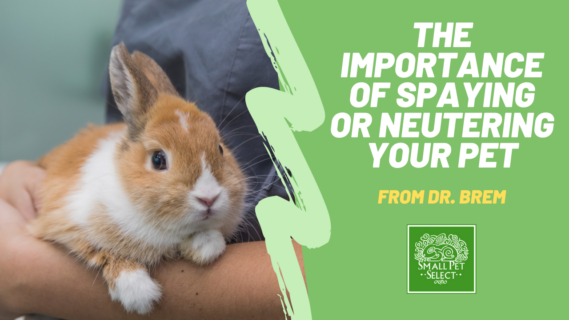Sometimes called having a pet “fixed,” spaying (females) and neutering (males) simply refers to removing reproductive organs. In general, there are definite benefits to having your critter spayed or neutered.
First of all, it eliminates the chance of a pregnancy. There are so many small animals waiting in shelters to be adopted. When pets have accidental babies, oftentimes people who would have adopted take the babies instead, meaning that those in shelters lose their chance for forever homes.
Improve Behavior Issues
Spaying and neutering usually help with behavioral issues. Unfixed animals often urinate in undesired places, spray urine, chew or tear up flooring or belongings, mount things or people, and become aggressive.
It’s not their fault! Their hormones are going crazy, and spaying or neutering gets rid of the majority of the hormones causing those behaviors. Once hormones are not an issue, sometimes pets can bond better with you and can be taught tricks or commands more easily.
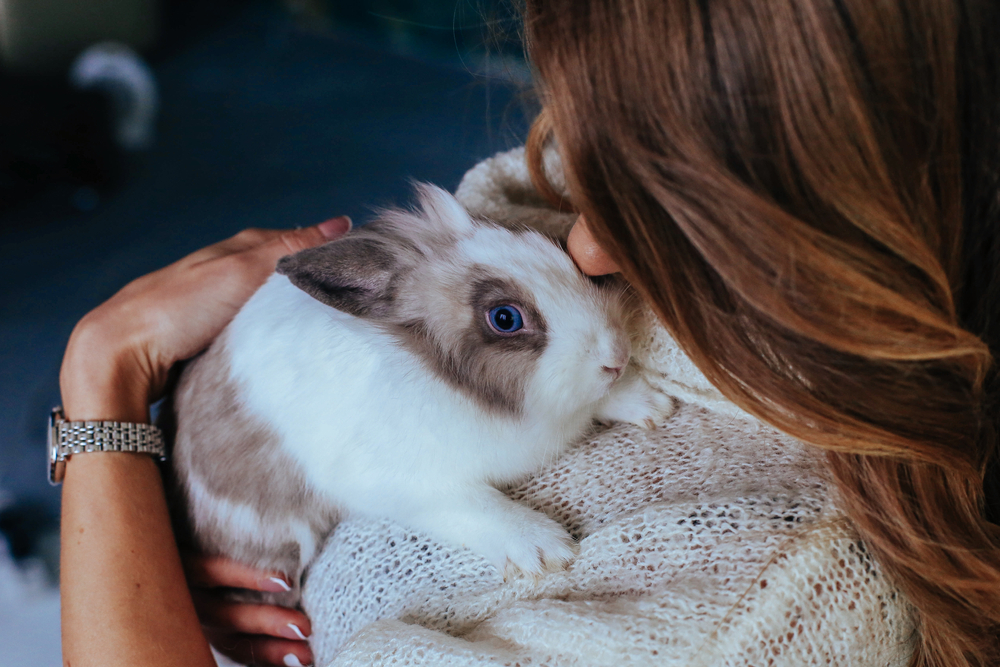
Health Benefits
Decreasing the occurrence of infection and cancer is another major benefit. I’ll talk more about specifics with each animal below, but when pets don’t have their reproductive body parts, they can’t develop infection or cancer of those parts.
More specific benefits are also talked about below.
Risks
Spaying and neutering are common procedures that veterinarians perform every day. Although there are minimal risks, all surgical procedures have some level. The main risk is the anesthesia used in surgery. Some animals are sensitive to the drugs used.
However, a veterinarian who is experienced in performing a spay or neuter on your type of critter will know the correct doses and combinations of drugs to ensure the safest procedure.
Other risks can include more bleeding, swelling, and pain than usual, which need to be managed. But again, unless there is a complication, spaying and neutering are very routine and in general safe procedures.
However, I can’t stress enough that it is VERY important that the procedure be performed by a veterinarian experienced with your type of pet! Critters have different anatomies than cats and dogs and different concerns that need to be addressed.
Rabbits
Unspayed female rabbits have a high risk (as in a 50-80% chance!) of developing uterine cancer by age 5 years. Not only is uterine cancer eventually deadly by itself, it usually spreads to other organs such as the lungs and liver.
Unspayed female rabbits are also at risk of developing a life-threatening condition called pyometra (infection of the uterus) and a stressful condition called pseudopregnancy, in which she begins pulling her fur and becoming destructive.
Testicular cancer is not as common in unneutered males as uterine cancer is in females, but the possibility still exists, and the risk increases the older they get.
A major benefit of neutering male rabbits is that it almost always reduces urine spraying, mounting, and aggressive behavior. For both sexes of rabbits, training them to use the litter box is usually also easier once they are fixed.
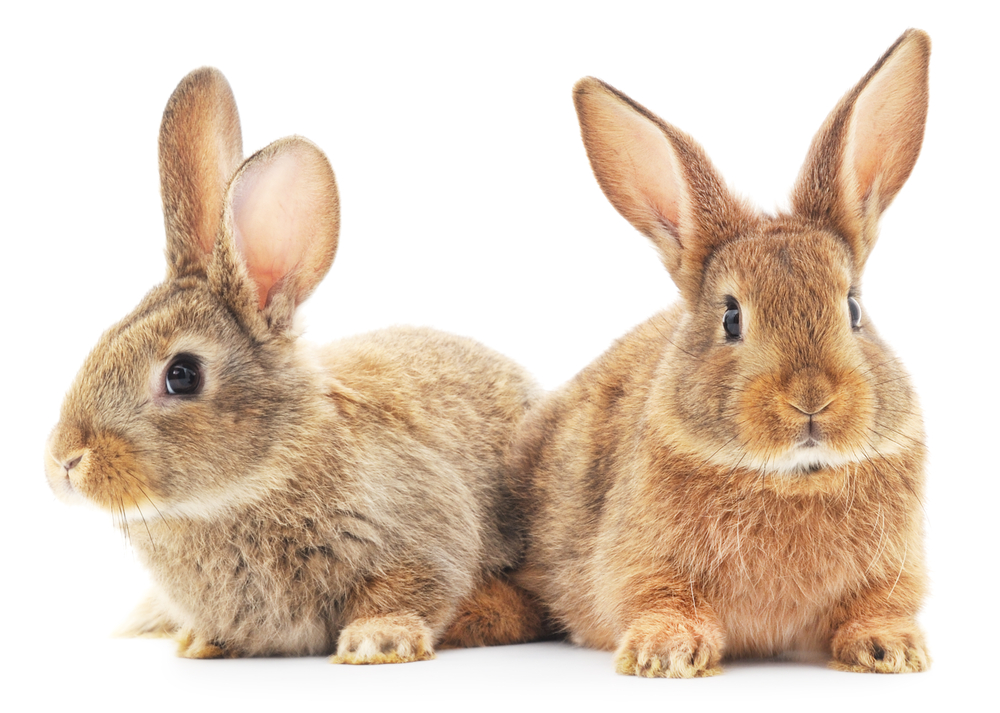
Age – Females can be spayed around 5-7 months old, with larger breeds at an older age usually, and males can be neutered as soon as testicles can be seen, usually around 4 months.
Guinea Pigs
Like rabbits, unspayed female guinea pigs can develop uterine cancer. They also tend to develop ovarian cysts, which are masses on their ovaries that can become very large and cause a lot of pain. Mammary tumors are also a possibility.
Often, veterinarians choose to perform an ovariectomy on guinea pigs, which means that just the ovaries and not the uterus are removed. This is a less-invasive surgery that still removes the hormones that cause reproductive cancer. Another benefit of a spayed pig is that she will have a lower likelihood of becoming obese.
Neutering male pigs eliminates the risk of prostate cancer and reduces the risk of mammary tumors (yes, males can get those!).
In addition, neutering your pet reduces the occurrence of feces becoming stuck. When males age, their rectal (butt) muscles become weaker and they can have trouble getting their feces out. This means that you would have to help your pig clean himself. Neutering also reduces the smelly secretions males form.
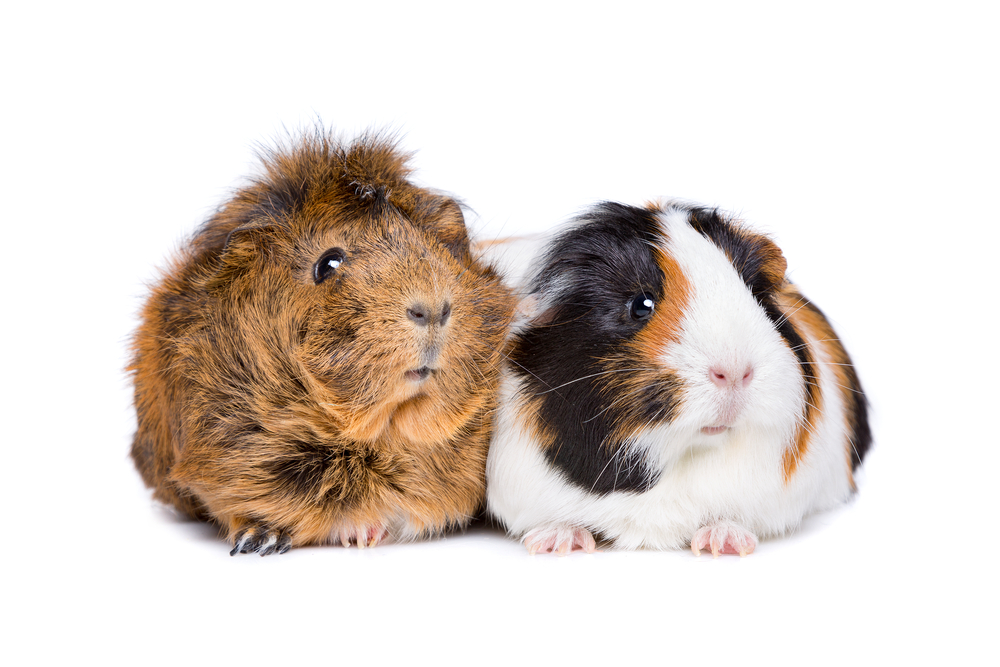
Age – Females can be spayed as early as 2 months and should be spayed before 7 months old. Around 7 months old, the pelvic bones of females grow together, and if your pig were to become pregnant after that time, a C-section would have to be performed to hopefully save her life (and the babies’ lives). Males can be neutered when testicles can be seen, usually around 3-4 months.
Rats
Almost all unspayed female rats will develop mammary tumors. These can be life-threatening when the tumors get large, pressing on windpipe, lungs, and other organs. If spayed young (even if just the ovaries are removed), mammary tumors will likely not form.
Uterine cancer and pyometra are also concerns, though, so your vet may recommend a complete spay. Other types of cancer are also possible in rats, and spaying can help reduce those risks.
Male rats are also prone to developing mammary tumors, in addition to testicular cancer. Neutering your pet reduces the risk of mammary tumors and eliminates the risk of testicular cancer. Another benefit for both sexes is that rats may be easier to handle after spaying or neutering.
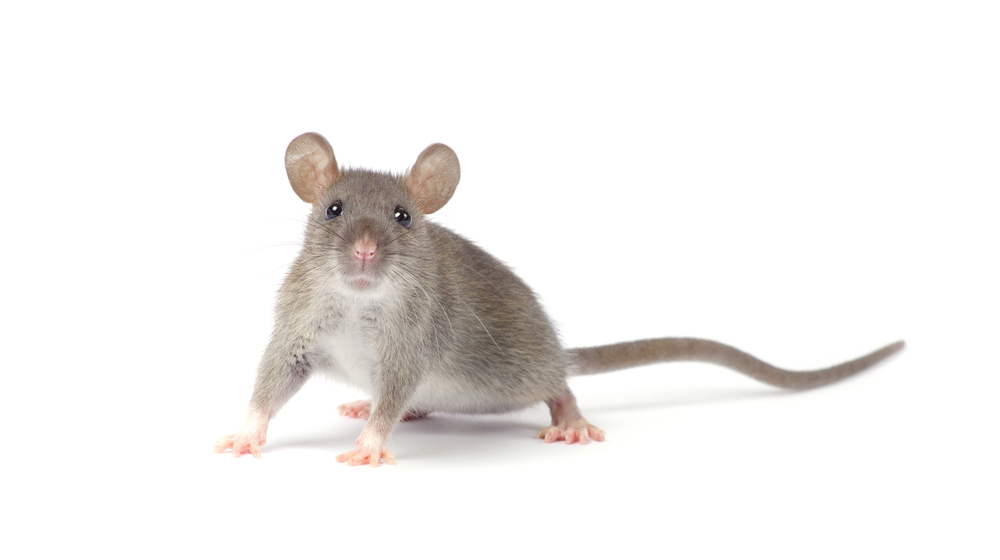
Age – The ideal age for both males and females is between 4-6 months.
Chinchillas
Chinchilla neuters and spays are riskier than in other critters. Chinchillas are more “fragile” and require very careful handling. With females, the procedure takes longer to perform. With males, their testicles are inside their body instead of outside like in most male mammals. This makes neutering more invasive.
While spaying and neutering your pet can reduce behavioral and reproductive problems, it’s usually not recommended. It’s also not as necessary since chinchillas don’t develop reproductive issues as often as other critters do. However, because unneutered males can be aggressive toward each other if you plan to keep two or more together, your vet will probably suggest neutering them.
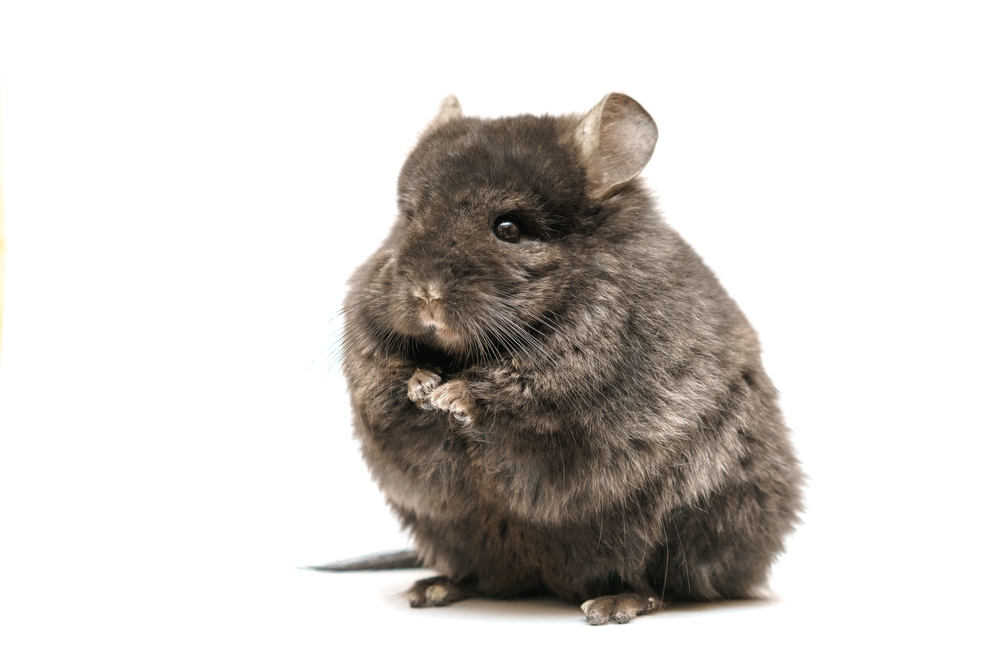
Age – For both sexes, 8-9 months at minimum is recommended.
Gerbils, Hamsters, and Mice
Spaying and neutering these critters is not usually done, or recommended. These guys are small and delicate, and the procedure is therefore riskier. It is usually only performed if your female develops a health issue such as pyometra or you want a male and female to live together. (Note, male mice should never live together.)
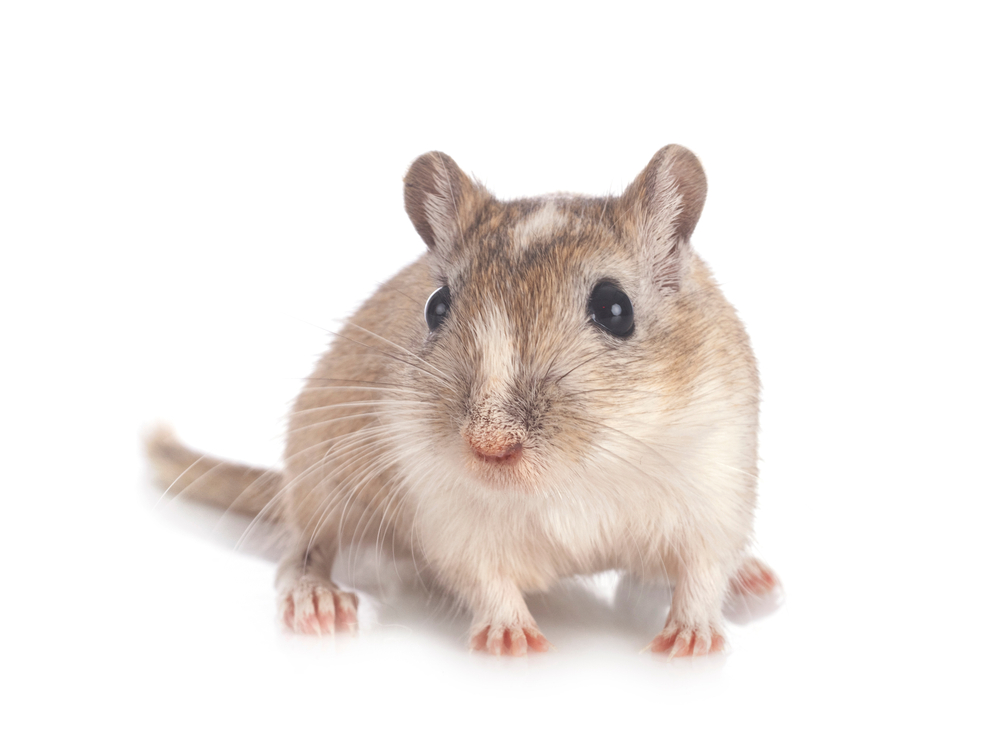
Age – Gerbils are spayed or neutered when at least 5 months old, while hamsters and mice can be around 3-4 months old.
Myths
Spaying or neutering your pet will not change her or his personality (except to change some behavioral issues of course).
Spaying or neutering your pet will also not make them obese or lazy. Lack of enrichment and exercise and poor nutrition cause those things.
Determining the sex of critters is not easy, so have your veterinarian check your critters out, especially before putting two together.
Copyright 2024 Amy “Brem” Bremers, DVM



